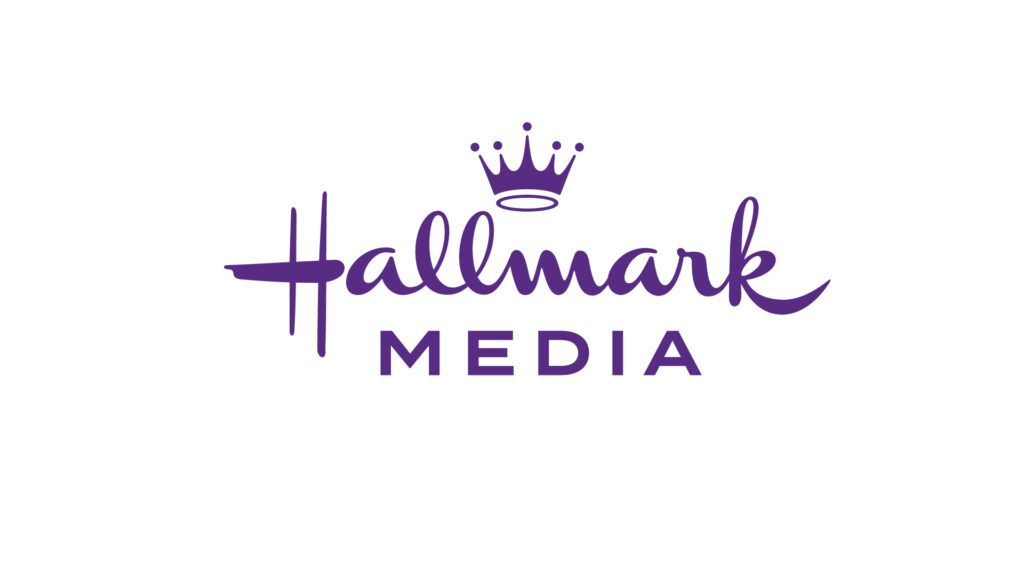For better and worse, our industry possesses some unique traits that at the moment enable a variety of employees to effectively live two work lives. With one group, the biggest threat does not involve trade secrets and conflict of interest so much as the precedent it sets. You want your employees focused. Attracting and retaining talent becomes tough when employees see others not giving their all, both mentally and physically, to the company that employs them. We just assume that those in our employ won’t need additional income, and we thus expect all not to engage in making money outside the office. Part One of this week’s Digital Thoughts focuses on a particular subset of employees who commonly engage in activity outside the workplace, i.e. technologists and designers, and their reasons for doing so. In Part Two, we continue by focusing on the next and more sensitive group and their reasons for doing so. Unlike the technologists and designers who tend to have a purely inward focus, the next group of moonlighters is those that indirectly own the clients – the media buyers, business development managers, account mangers, and account executives.
It happens, but only the rare occasion do our fearless group of technologists and designers pursue freelance for the aim of new fulltime work. Those on the sales side make for a more difficult case. Their freelance work almost always feels as though they are testing the waters to do their own thing. Not only that, but the nature of their role means that their outside the office work almost always involves issues of trade secrets and/or some conflict of interest. Like the other group of freelancers, the sales people also tend to start doing it for more money. The downside is, as mentioned, that they often cannot do freelance that does not involve use of information gleaned from working at the company. It’s this group that the gap, i.e. the ability to do the same work at a different company for significantly more money and appreciation, affects.
The potential for the gap is what makes managing their desire to dabble tougher. Most will dabble before the gap has reached their consciousness, but the results of their dabbling could speed that process up. True, they probably want to play on the outside because at some level they sense the gap, but I think another reason they become interested in doing deals on their own is that they like the excitement and the sense of ownership. They like being able to make their own decisions without seeking consent and without worrying whether their manager would have thought it worthwhile or not. They want to learn on their own and have the freedom to make their own mistakes.
On a gut level, the idea of client facing guys working on their own projects bothers managers and owners more than technologists and designers. And the reason, I think, is relatively easy to explain. The former brings a set of skills to the company and applies them as the company needs. They are like doctors and the company a hospital. Doctors often work at more than one hospital or will have a private office as well. Hospitals don’t mind as much because the private practice doesn’t compete with their acquisition of patients. They often help doctors get more work and attract more patients. Additionally, those who become doctors must go through years of study and training. In other words, the hospital does not make the doctor; the location and the doctors make the hospital.
The same does not hold true for those in client facing jobs. They bring to the table a definite skill set, and one that can add immense value to the company’s bottom line. That is why they can make more than the doctors of our industry – programmers and designers. Unlike the skilled workers, the client side employees do not need special training to succeed; they bring no set of tangible skills, but ones more tied to their personality. What this adds up to is a feeling on the company’s part that while a particular person brought in a relationship, unlike a knowledge of Perl, that relationship belongs to the company and in no way does it or should it belong to the individual.
While the relationship might, in the hearts of management, belong to the company, all too often who the relationship belongs to depends on, not only your views and those of your sales guy, but the other sales guy as well. A good sales person builds a bond and they can end up meaning as much in the eyes of their counterpart as the company behind the deal. It can be the Catch 22 of having good client side people. You want the relationship to be person independent. Yet, one of the major pre-requisites when hiring a good sales person is not just that they have a great database, but more importantly that those in their database will work with that person wherever they go. Were it cut and dry, and that tension non existent, this group might stand a chance at freelancing without the concern of those who employ them.
Rates and relationships can make or break a company as much, if not more, than the technology powering the products. That is the easy explanation why those in management do not want those in sales to do deals on their own. It will happen, and the challenge is again how to manage that issue. Like the work gap, solving the freelance issues means being proactive and taking the time to understand why the person wants to do it and what solutions might exist. Even when managed well, there is always a chance that people who freelance will leave to pursue that work fulltime. Ultimately, one key factor to uncover is the intent. A person choosing to freelance because they need money or to stave off brain decay is much different from someone choosing to freelance as a means of replacing their full-time job. The latter often stems from discontent.
Discontent is a virus that can infect the rest of the organization, and like a virus it takes longer to cure than for it to spread. Like the issue with ability and salary that can lead to the gap, freelance work is an issue that cannot be ignored. It’s an issue also stemming from a disconnect. Like the gap, freelance is a disconnect in value. Unlike the gap, though, this disconnect is not an all or none; it has shades of gray. Its existence implies a problem but not one that must go away in order for stability to happen. Freelance is another flag in what matters most during this time of maturation – creating a harmonious environment that allows each to get the greatest value and avoid behavior that could harm the company.
 Network
Network

